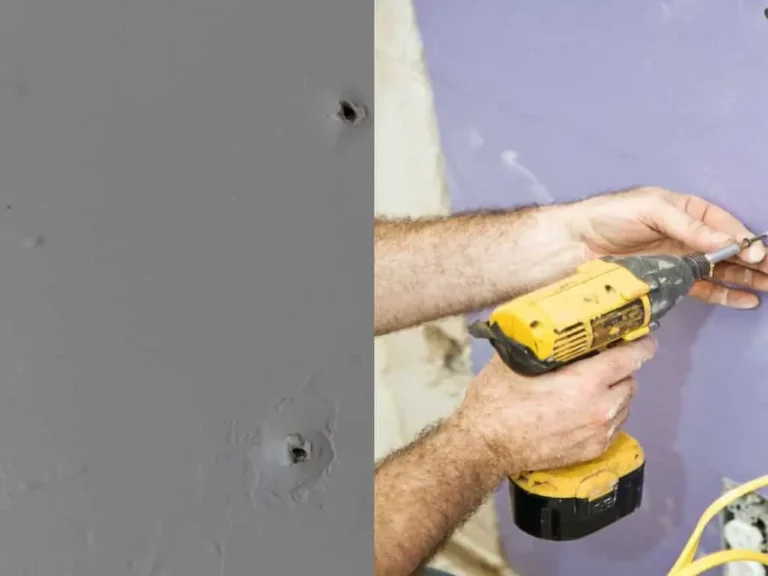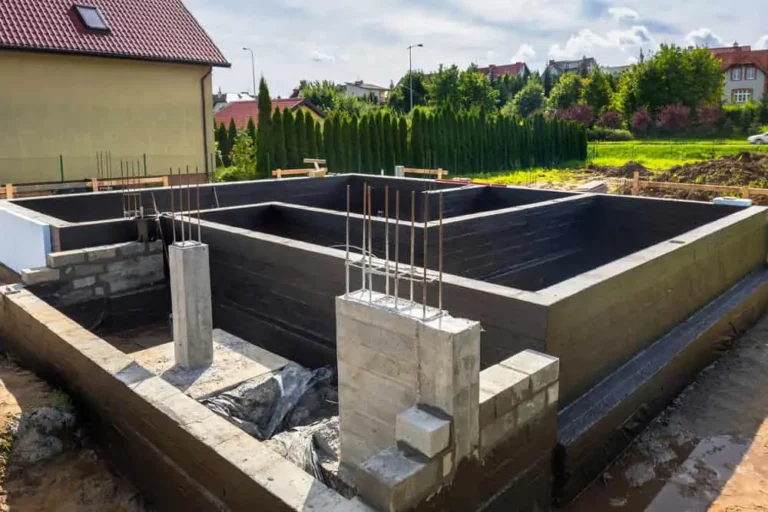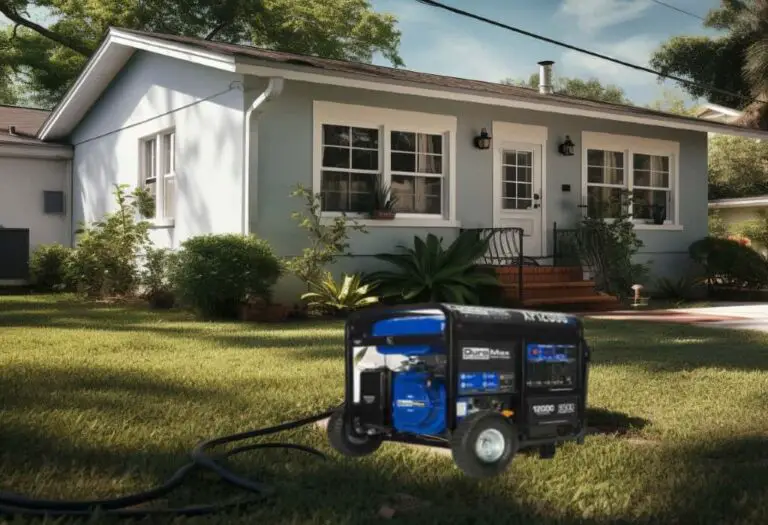How To Attach Pressure Treated Wood To Concrete
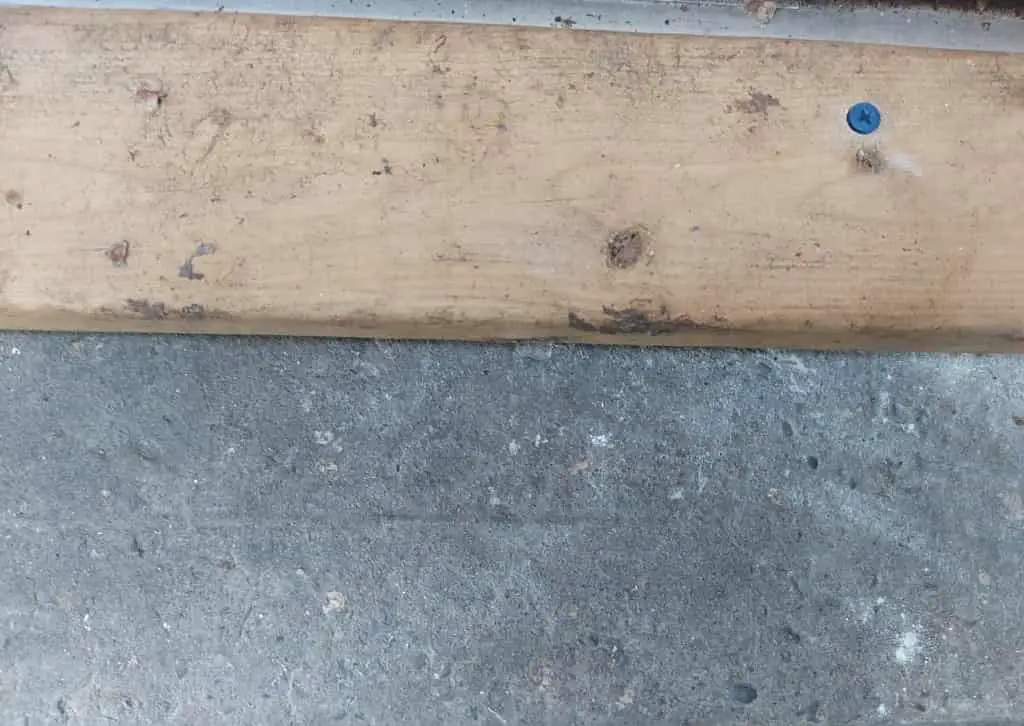
Pressure treated wood is the superhero that obtains extraordinary powers when sprayed with chemicals. This incredible power will protect it from rot, mold, and insects. It is therefore advisable that pressure treated wood is attached to the concrete. More importantly, How on attach pressure treated wood to concrete.
You can attach pressure treated wood on concrete in various ways. Those ways include using a construction adhesive and sealant that serves as an excellent bond between the wood and the concrete. The pressure treated wood concrete can also be held together by nails or screws.
You can use different applications for pressure treated wood concrete. These treatments can prolong the life cycle of the wood, but the key lies in attaching the pressure treated lumber to concrete. We will explore some of the ways.
Understanding Pressure Treated Wood
A value chemical is used to spray pressure treated wood, but it will become frustrating if you don’t understand its purpose. Learning a few crucial facts will make the task that much easier.
Pressure treated wood creates protection against rot, insect damage, and moisture; however, it can still rot over time.
The three pressure-treated wood types are borate, alkaline copper quaternary, and non-combustible. It is vital to select the one that will suit your needs. Painting pressure-treated wood is not advisable as the wood tends to crack when painted.
The chemicals, when vaporized, can create health issues and is advisable for outdoor use. If you use the wood indoors, it can become a fire hazard.
Pressure Treated Wood On Concrete: Tools Required
Now that you understand pressure-treated wood, the next step is to determine what is needed to attach the pressure treated wood on concrete. The following tools will be required.
- Concrete or cut nails
- A Hammer
- Hardened screws
- Masonry drill bit
- Toggle Bolts
- Heavy-duty anchors- steel anchors and matching lag screws
- CT1 Hybrid polymer adhesive
Steps To Attach Pressure Treated Wood To Concrete
The good news is that you can enjoy rot-free and insect-free wood by affixing pressure treated-wood on concrete without being restricted on ways to attach them. You can glue, drill, screwing, or even bolt the pressure treated wood on concrete.
No matter your decision on the route, it is achievable with a few simple steps. Let’s explore some of those ways.
Pressure Treated Wood On Concrete: Using Adhesive
Using adhesives to attach pressure treated wood on concrete is an alternative to screws, nails, and bolts. When choosing glue, you must ensure that it complies with several requirements, including local radiant heat lines and structural requirements.
It is crucial to note that some adhesives are not recommended for use on concrete as the moisture tends to cause the wood to contract, breaking the bonding ability to the concrete.CT1 Hybrid polymer adhesive has no solvents, ideal for pressure treated wood on concrete.
Alternatively, you can opt for a liquid nail construction polyurethane adhesive. The first step is to remove any dust or debris from the concrete. You will need to prepare the surface according to the requirements of the adhesives. Some adhesives require the concrete to be damp, while others require that the concrete is dry.
Depending on the adhesive, the application may need to be on both the wood and the concrete. Evenly apply the adhesive to the wood in a zig-zag pattern. Use a pencil mark where glue should go on the concrete to avoid wasting the bond. Spread evenly with a trowel. The adhesive should ideally be about one-eighth inch thick.
Tap out any air bubbles from the adhesive. Place and press the pressure treated wood on concrete aligning to the line on the concrete. Use a wedge to compress the bottom plate or edge to the concrete. Leave to dry, curing for 8-24 hours. The longer it sits, the more bonding it will provide.
Complete the process by using a dry cloth to clean up any excess adhesive that oozes out.



Pressure Treated Wood On Concrete: Using Nails
You can use two types of nails: cut nails a tapered nail with a square tip. It’s a cheaper option, and as long as they penetrate three-quarters of an inch through the concrete, they will provide the required resilience.
The other option is to use concrete nails, which look like common nails but have striations on the shaft to improve the holding power. You will start by identifying where the pressure treated wood will attach to the concrete.
Use a tape and level to hold the wood in position and mark the channels that coincide with the nail spacing. Place two nails side by side and drive all the nails into the pressure treated wood until the points show through. This process will cause slighter vibration instead of moving the nails directly through the concrete.
Align the pressure treated wood on concrete, holding it firmly. Using a hammer or a power actuated tool, firmly drive the top nail into the mortar line. Once you have aligned, repeat the process by moving the rest of the nails to the mortar lines and securing the pressure treated wood concrete.
Pressure Treated Wood On Concrete: Using Screws
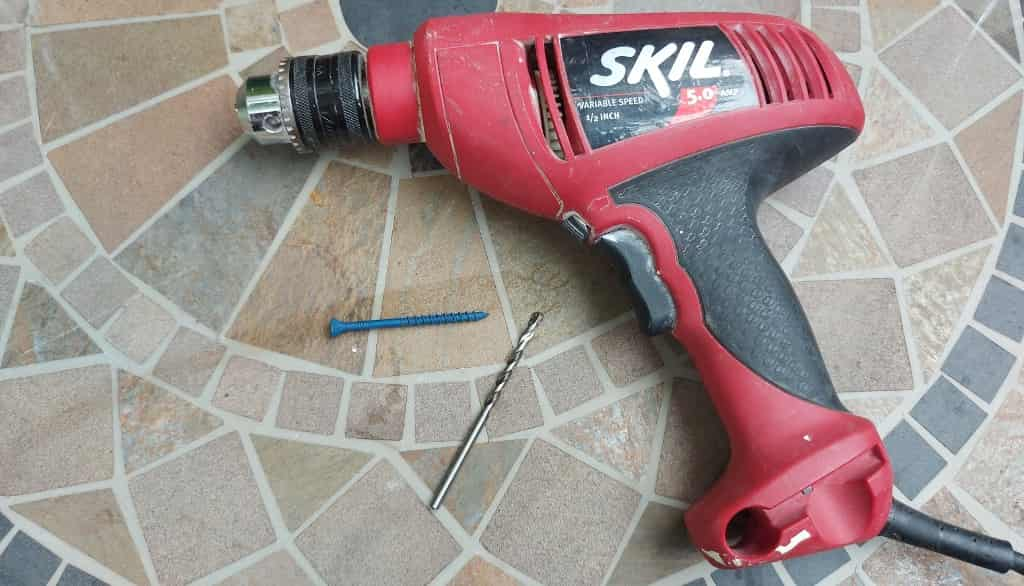
These screws will come in various head designs, shank diameters, and lengths. Ensure that the screws come with a masonry drill bit that is the same size as the diameter of the screw.
Start by positioning the pressure treated wood in place. Use a masonry drill to drill clearance holes into the concrete. This process is far more straightforward and will offer up to four times more strength depending on the diameter and length.
Pressure Treated Wood On Concrete: Using Toggle Bolts
Toggle bolts are more robust than nails but not as strong as concrete screws. Use a powder-actuated gun, and drill small or large diameter holes depending on the size of the toggle bolts until a void inside the concrete is visible.
Squeeze the two side holes on the bolt together, align the wood and push the bolt into the void. As soon as the toggle bolt enters the gap in the hole, the wings of the bolt will spread out and firmly attach the pressure treated wood on concrete.
Pressure Treated Wood On Concrete: Using Heavy Duty Anchors
To frame pressure treated wood concrete and for extra strength, you can use steel anchors and lagging screws to match. Due to the steel anchors’ large diameter, a standard drill with a concrete bit will not suffice.
Use a half-inch hammer to drill holes into the concrete to match the size of the lag screws. The hammering feature makes the drill reciprocate in and out while it turns.
This process breaks up the concrete, making it easier to drill away the excess concrete when attached to the pressure treated wood concrete. You can connect the anchors to the pre-drilled holes in the concrete and, using the lag screws, affix the pressure treated wood on concrete.
Read my article with video on Can You Drill Or Screw Into A Paving Slab?
Conclusion
Pressure treated wood can be attached to concrete by using a variety of adhesives, nails, screws, fasteners, and anchors. The method you choose to use will depend entirely on the project. Using the right tools will ensure the longevity of the pressure treated wood’s attachment to the concrete.
